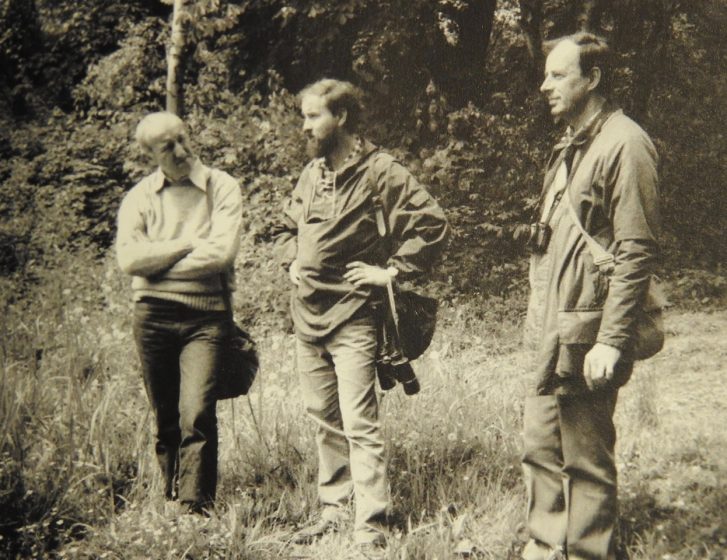
As a teenager in the 1950s, George was already an enthusiastic naturalist, studying the butterflies of his nearest National Nature Reserve (NNR) at Old Winchester Hill in the chalk downlands of southern England. It comes as no surprise that the Nature Conservancy, the British government agency responsible for nature conservation, appointed him as Warden Naturalist for the NNR some years later. By the early 1970s, he was promoted to Deputy Regional Officer of the Nature Conservancy Council (NCC), working in the post-industrial landscapes of the English Midlands. It was here that he first came to prominence in the field of urban ecology. George was well aware of the potential value of post-industrial habitats but was severely constrained by official policy which gave little support to protecting areas of this kind. So when the new West Midlands Metropolitan Authority asked the NCC for advice on the nature conservation content of its forthcoming County Structure Plan, he was more than willing to challenge the accepted wisdom and leapt at the opportunity.
The Metropolitan Authority wanted to know which places ought to be protected and George was well aware that there was a dearth of information on post-industrial urban landscapes. Virtually nothing was known about the relative merits of these areas, which might be ecologically valuable. He realised there was a need for a thorough survey and was on the look-out for someone to do it. The timing was propitious. George was one of the participants at the first urban wildlife conference in the UK held in Manchester in 1974. There he met well-established urban naturalist T.G. (Bunny) Teagle. George soon realised he had found the right man for the job.
Teagle was commissioned to do a systematic survey of wildlife in the predominantly urban landscape of Birmingham and the adjoining Black Country. For some people, the idea that there could be any wildlife worth conserving in the heartland of the industrial revolution seemed ridiculous. Indeed, at one stage, George was instructed not to waste money on such a frivolous enterprise. But by then the survey was already underway. Teagle was finding hundreds of acres of derelict industrial land with a remarkable mixture of habitats and a great variety of species, some of which were rare or declining in the wider countryside.
The report, titled The Endless Village, published in September 1978, has a special place in the history of nature conservation. It was a crucially important document. It demonstrated beyond doubt the wealth of wildlife to be found in a surprising variety of artificial habitats from the formal landscapes of parks, gardens, cemeteries, and playing fields to the wilder areas of industrial dereliction. But it was not just the evidence provided about urban nature that made this report so important. The fact that the NCC commissioned it at all was crucial. It was a government document. George Barker used the report as a vehicle to promote a new approach to conserving urban nature. The proposals for future action provided a clear strategy for urban nature conservation. For the first time, it was recognised that there was a need to interest people in their local wildlife heritage, acknowledging that such an approach would have benefits for people and nature. The report not only destroyed the myth of the urban wildlife desert, which had persisted for so long in nature conservation circles but also laid the foundations for urban nature conservation in the UK. The Endless Village virtually changed the rules overnight.
Shortly after this George Barker was made responsible for providing advice on urban nature conservation throughout the UK, but he also made it his business to find out what was going on elsewhere. He developed strong links with Dr. Lowell Adams, then Director of the National Institute for Urban Wildlife in the USA; with key figures in Europe, including Professor Herbert Sukopp in Berlin and Dr. Maciej Luniak in Warsaw, Poland; with Dr. Debra Roberts in Durban, South Africa; and especially with Dr. John Celecia at the United Nations Educational, Scientific and Cultural Organization (UNESCO). Lowell Adams tells me that he always had great respect for George. Many urban wildlife specialists in the United States and elsewhere shared that view.
For many years George was a one-man band, but he had a remarkable ability to carry conviction, and to influence people wherever he went. In 1987 his Urban Wildlife News, published by the NCC, was circulated to 38 countries. In his modest way, he observed that “It has inadvertently become very popular overseas”. He was an unofficial mentor for many people.
George instigated a string of research reports on many different aspects of urban wildlife conservation. The first of these was entitled People and Nature in Cities, still a hot topic today, which examined the social aspects of planning and managing natural parks in urban areas. Published as a series entitled Urban Wildlife Now, some of these reports documented the development of particular projects in this newly emerging field, whilst others provided prescriptive strategies. Someone like George was needed to make that happen. Even more impressive was the formation in 1987 of the UK Man and the Biosphere (MAB) Urban Forum linked to UNESCO, which was a direct result of his perseverance. George brought together all the key figures in the UK to provide a high-powered think-tank on urban nature. The Forum still exists, but sadly without the UNESCO link.
George was always ahead of his time. In 1997 he published a paper entitled “A framework for the future: green networks with multiple uses in and around towns and cities.” He suggested that a range of functions could be accommodated in green networks including river and wildlife corridors, together with local cycle and walking routes and extensive areas of amenity greenspace which could provide capacity for flood alleviation. Such networks might connect locally important wildlife sites and provide greater opportunities for people to have access to natural areas. He also saw the potential health benefits of urban green space as part of an integrated package. In effect, he was forecasting the need to recognise ecosystem services as a crucial part of urban planning and design. He will have been pleased to see that all the main elements of his original vision of 1978 have now become mainstream policies of both central and local government, and of the whole voluntary sector dealing with nature conservation.
What will I remember most about George? When he entered the stage at a conference, he invariably walked on laughing. One never knew quite what to expect. He was never openly subversive. It was always camoflaged by his quiet way of putting a finger on the key issues, and explaining what was needed in an eminently sensible way. And there was always his mischievous smile. I believe he always knew exactly what he wanted and he took people with him.
There was one famous occasion when something he said, “reduced a serious international workshop to weeping hysteria”. But that was George, a lovely man. We shall all miss him.
David Goode
Bath

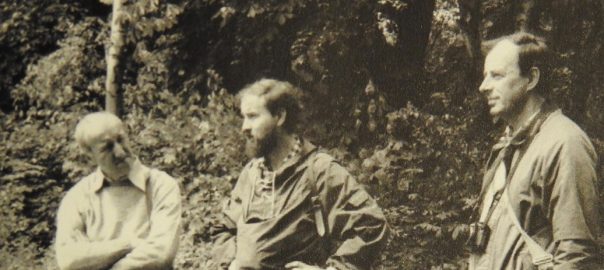






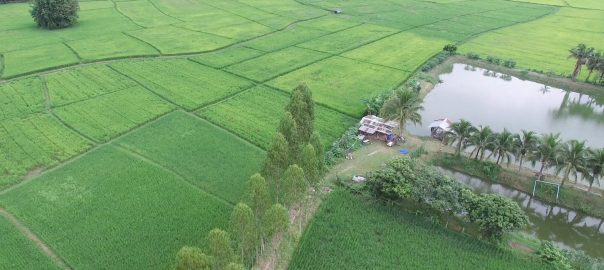
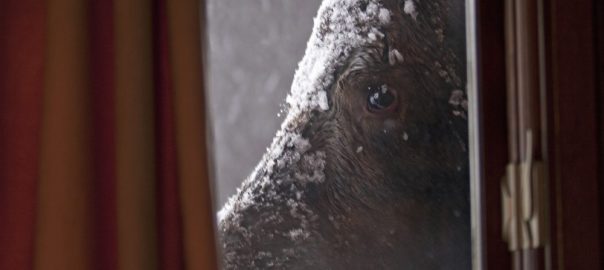
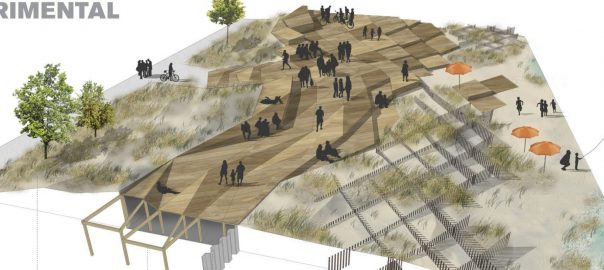
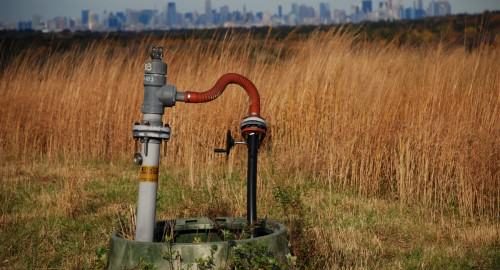
Are any of George Barker books still available to purchase